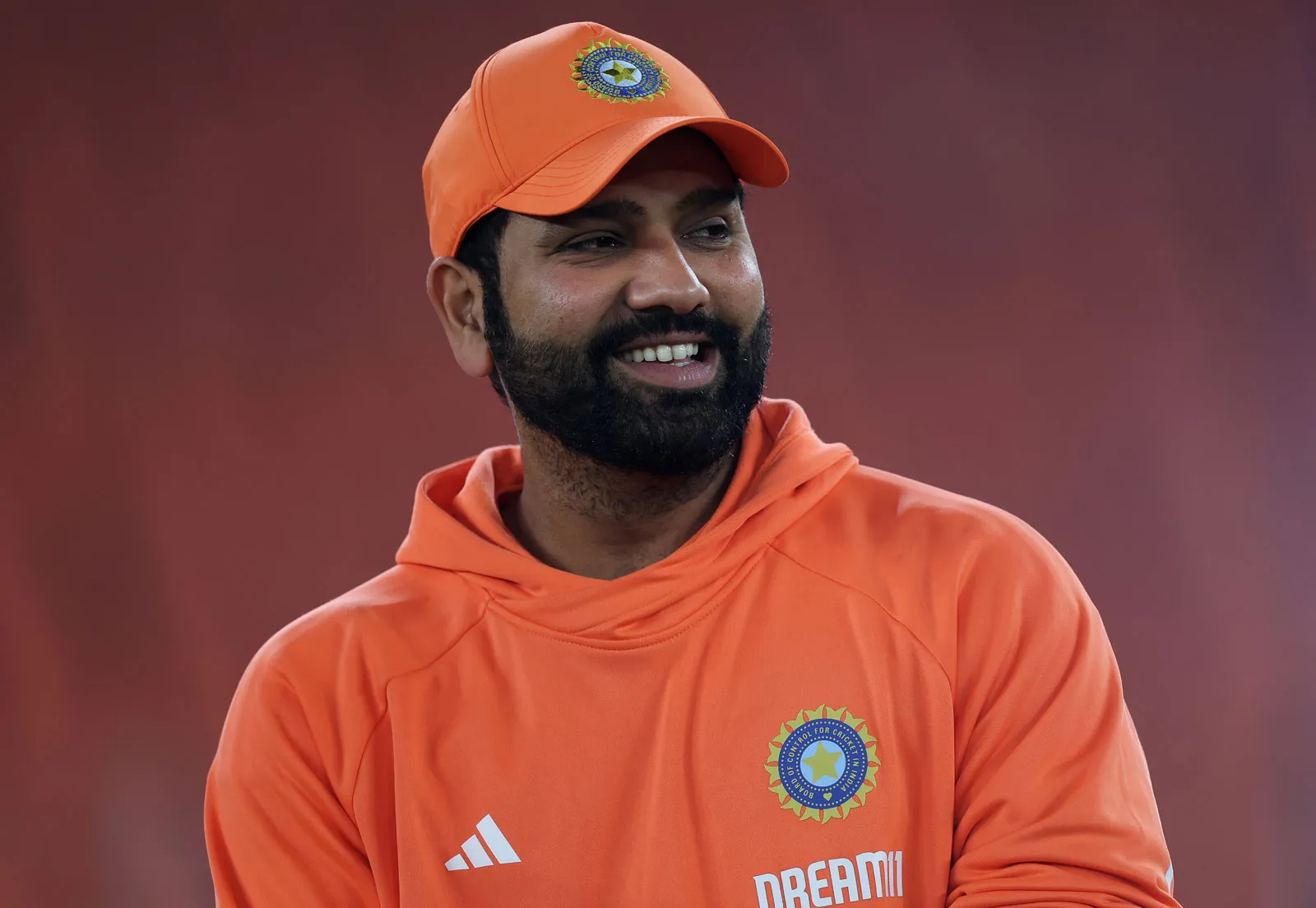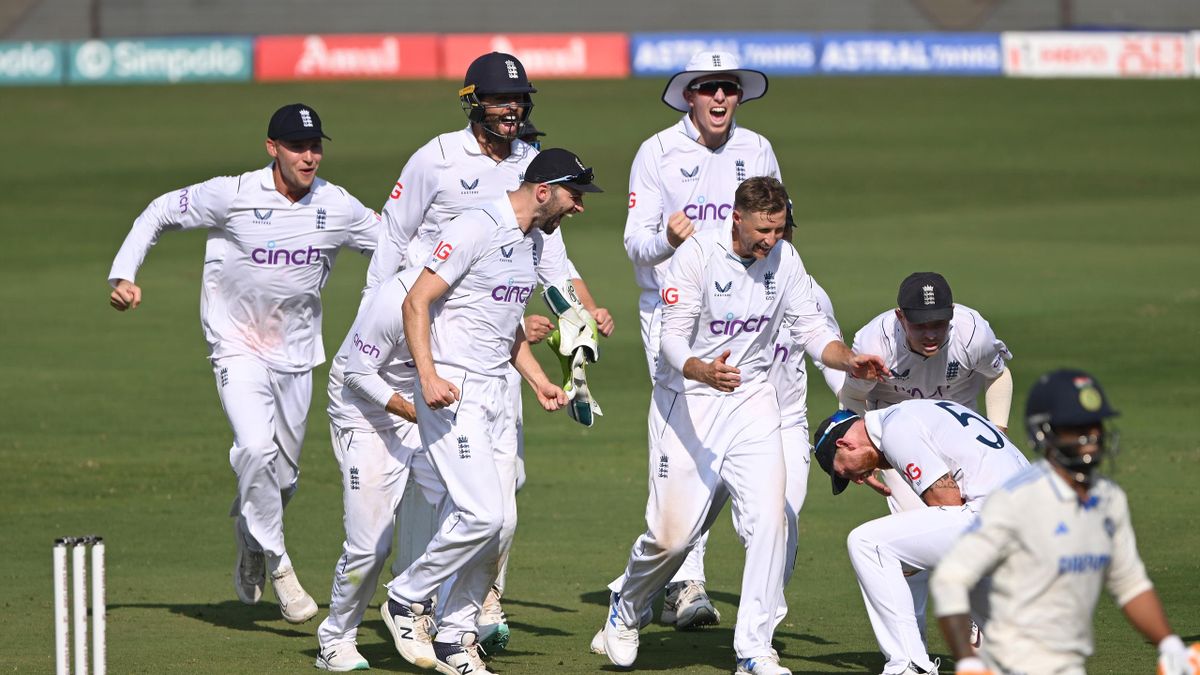Ian Chappell in his weekly column on www.espncricinfo.com has called for the number of nations playing Test cricket to be reduced to 8. He raises certain pertinent points to justify his argument. He says that only the countries that has got the infrastructure or that can build the infrastructure for Test cricket must be allowed to play Tests. I must say that I agree with Chappell. Let me explain in Ian Chappell and restricting teams.
Cricket is a game that is played amongst a handful of teams and rightly so. It must stay that way probably forever. It is implicit that with only a few teams playing the game, every game remains competitive most of the time. Unfortunately, that is not always the case. There are far too many instances of lopsided contests throughout the history of the game. Yes, it certainly is not possible for every game to be highly competitive but a majority of them must be. However, that is not the case and hence, there is a huge responsibility on the bigger nations. Before that,
International test cricket must be restricted to a handful of nations
The shortest form of the game lasts for more than three hours. To put that into perspective, Hockey & Football lasts for a maximum of less than two hours if it goes into extra time. There are lot of Tennis games, especially involving women, that have lasted for less than an hour. Every other sport is less than 3 hours. On the otherhand, test cricket is over seven hours everyday and for 5 days. Not that many persons have the time to sit through that much time unless the game is really good.
Hence, it is absolutely imperative that a majority of the games are watchable. Now, this will require teams to be evenly matched and high on quality. There is a gulf of difference between the current top 3-4 teams and the rest. So much so that most of the series are one-sided. This must change and the bigger nations must help.
Test cricket is the ultimate
At the moment, there are 12 countries that play test cricket. A further 20 including the 12 plays ODIs. T20, there are a zillion countries that play but it does not really matter. What matters is ofcourse test cricket. It is the ultimate test of a player’s ability either as a batsman or as a bowler. With the pitch being flat for the limited overs throughout the world and the white ball that hardly swings, the batsmen always have a good time in those formats. However, when it comes to test cricket, a lot of things are challenging. The pitch as India and England are finding out now, the red ball, the catchers etc. Hence, let me concentrate on what sort of responsibility on the bigger nations is there.
Responsibility on the bigger nations
Some of the big nations like India, England, Australia, South Africa, New Zealand and Pakistan is having a huge role to play in terms of building the capabilities of other nations. I am not talking in terms of funds but in terms of opportunity. All of these nations have a robust first class structure. It is competitive enough. Infact, some of English or Indian first class teams are of the same quality as say a Zimbabwe or Ireland. It is not the fault of either of those countries because cricket is more or less an unknown quantity in those nations. There population is not that high which makes cricket playing population rather thin. They will have to work with whatever is available and ensure that the national team remains competitive. This is where the bigger nations come into the picture.
Teams that need help
Every nation mentioned above must allow a couple of teams from Sri Lanka, West Indies, Ireland, Afghanistan, Zimbabwe & Bangladesh to play in their local first class competition. The squad strength can be capped to a maximum of 20 players per team which gives 40 players an opportunity to further their cricketing education. In a country like India where there are more than 30 games every year per team, this will ensure that these teams play a lot of competitive games even if not of international quality, certainly better than their current strength.
Australian Sheffield Shield and English Country Championship is known for being of good quality and a total of 40 players from these nations will benefit from playing in such a structure. The players will be able to understand the nuances of the game. They will benefit from some of the professionals in the game. They can understand the fitness required to be able to compete at the highest level. The players will also benefit from some of the top fitness experts who are employed by various first class teams which in the case of some nations, severely lack.
With this much experience, teams like Ireland or Afghanistan will get sufficient experience to be able to play against the bigger nations on an even keel.
Conclusion
International cricket certainly cannot afford too many games that lacks competitive edge. Test cricket drags on for the whole day. Yes for the team winning, it will be good to watch but for the mutual observer, it will be boring. Already, games involving one of the bottom nation hardly make heads turn. One only will have to go back to the tests involving South Africa and Zimbabwe and the one involving India and Afghanistan. Those games finished in a little short of 2 days. Such was the gap in quality between the teams. These sort of games will happen regularly unless those players are given an opportunity to improve. Unfortunately, with the international schedule being too tight, it is not always possible for India or Australia or England or even South Africa and Pakistan to have a lengthy tour against those teams.
Other blogs about Ian Chappell



